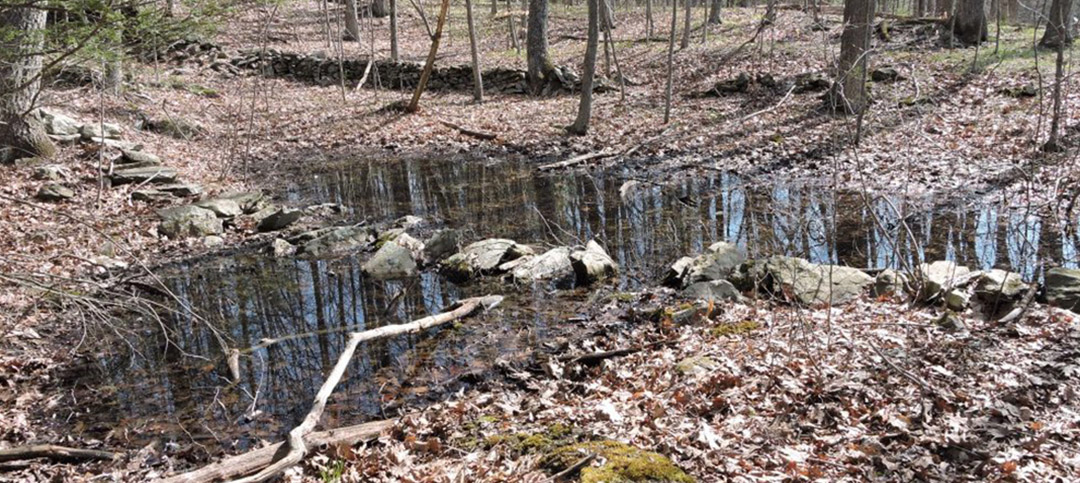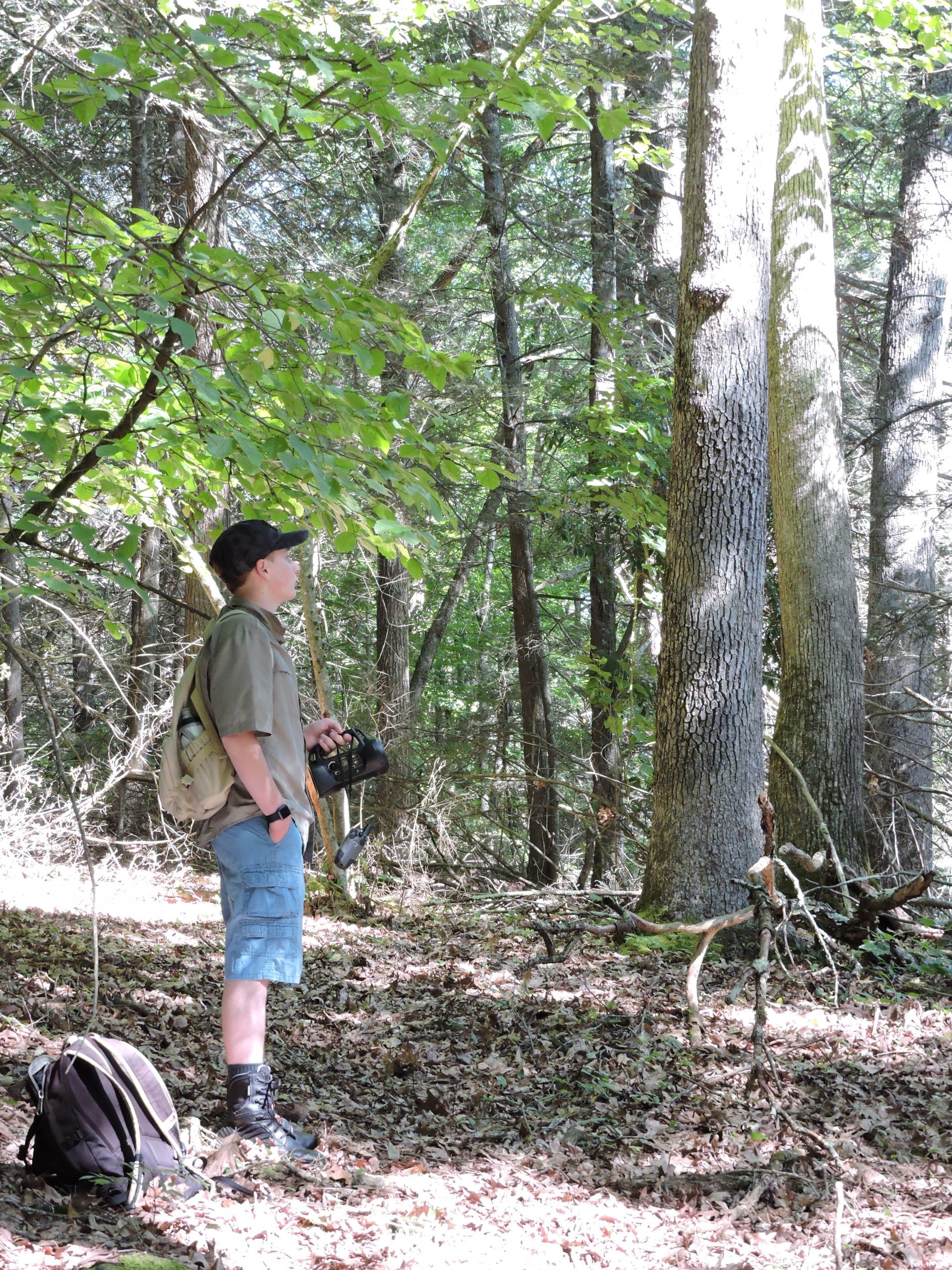Newsletter Subscription
Latest News
DISSECTING an OWL PELLET
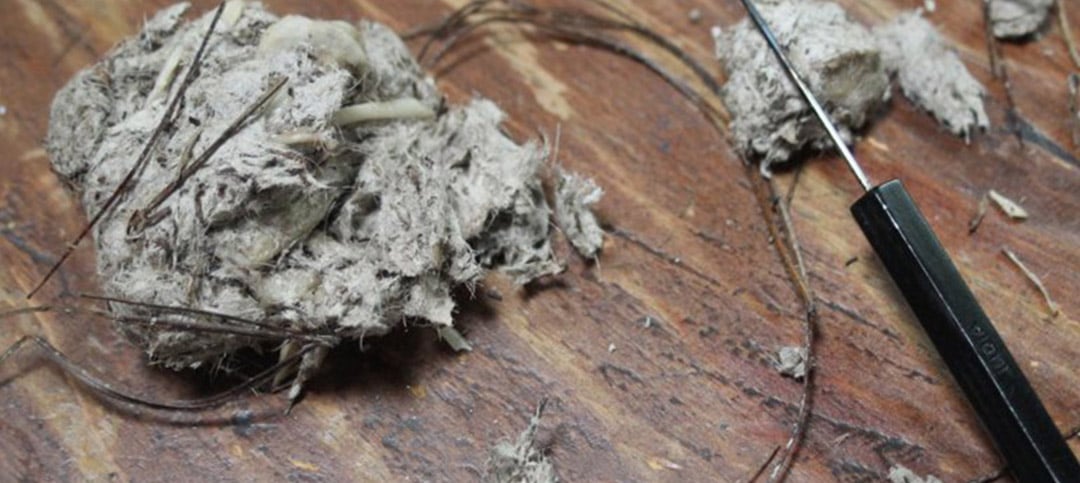
A large chunk of pellet for dissection. Note: Accompanying needles suggest the owner of this pellet likely prefers a certain white pine perch.
Steep Rock Association trustee, committee chair, and conservation easement landowner, Natalie Dyer, poked into the office this spring possessing some treasure. “It’s an owl pellet!”, she exclaimed with wonder and excitement bubbling up as usual. And a big one at that. Looking down at a roughly 3 inch long and 2 inch wide mass of fur, I was amazed a bird had managed to regurgitate it. Owls eat their prey whole or in large chunks and have a digestive system designed to remove the bones, claws, teeth, fur, and whatever other indigestible parts go down the gullet. Moving from crop to stomach to proventriculus, this material is isolated and compressed into a pellet. Such a find offers an opportunity to better understand who is hunting nearby and what is on the menu.
Large bones protruded from the side of the conglomerate and when breaking it into manageable pieces, served as points of division.
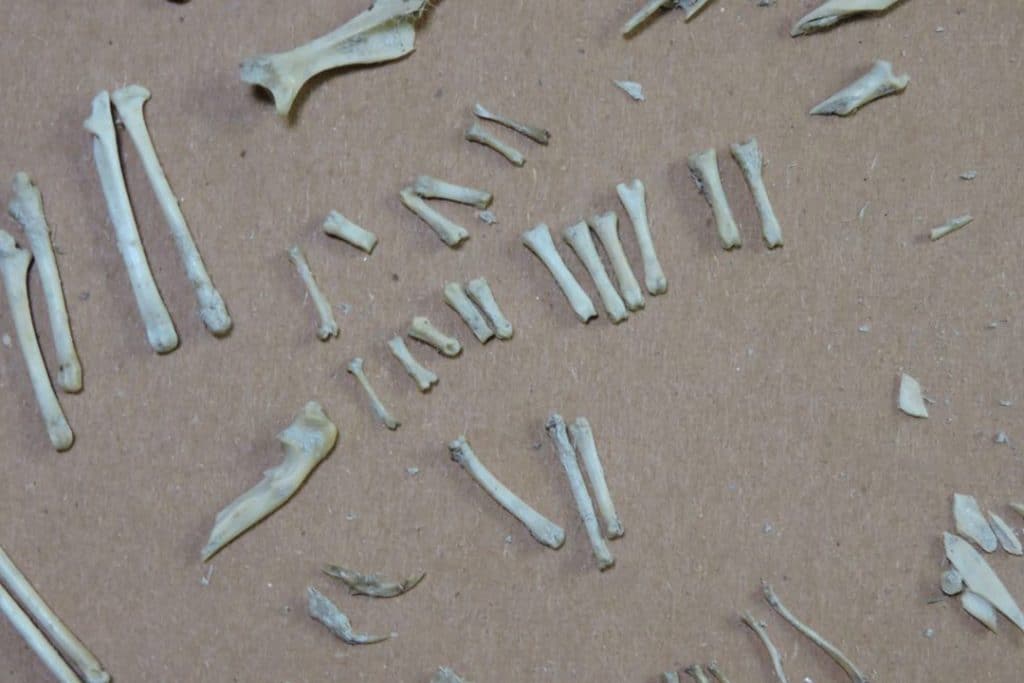
After carefully cleaning each bone, they are set aside and paired with their opposite.
Some bones are shattered in the digestion process, but many remain intact allowing for analysis.
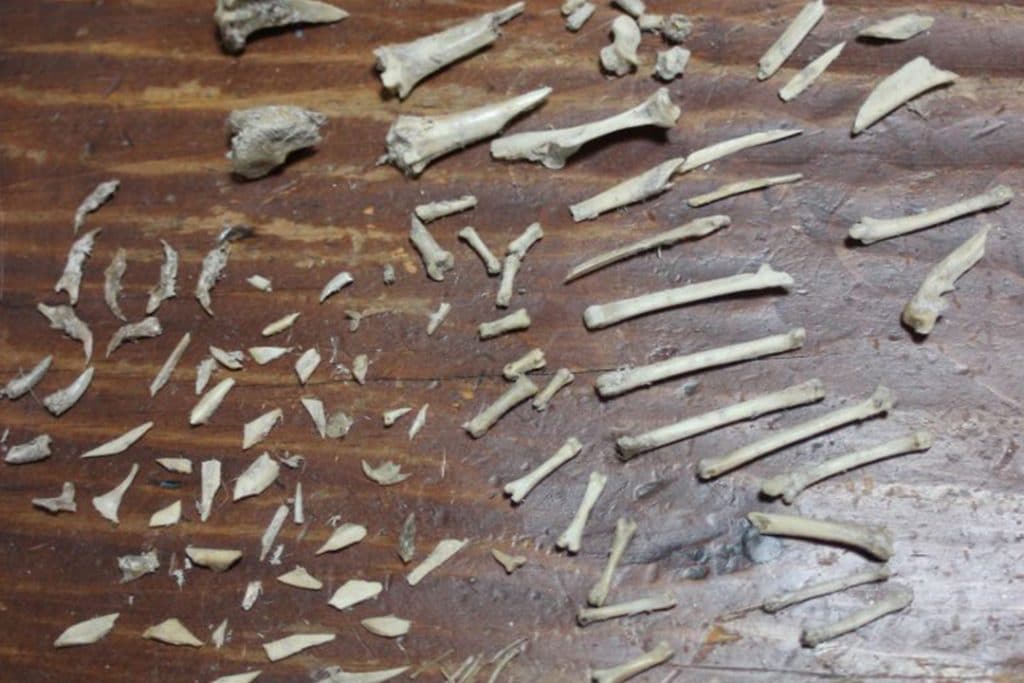
A closer look at the larger contents reveals one of the prey items – a cottontail! Note: The scapula and long bones (humerus, radius and ulna, femur, and tibia) aided identification.
White-footed mouse mandibles and pelvis. Note: Mandible features are a good way to differentiate rodents.

Pellets are deposited 6 to 10 hours after a night’s meal. This owl is a successful hunter with a diverse diet judging by the amount and variety of bones excreted at once.
So who perches in pine trees bordering farmland, predates rabbits and rodents alike, and discards pellets. “hoo-h’HOO-hoo-hoo”. Natalie’s neighbor is a great-horned owl!
Related Events
